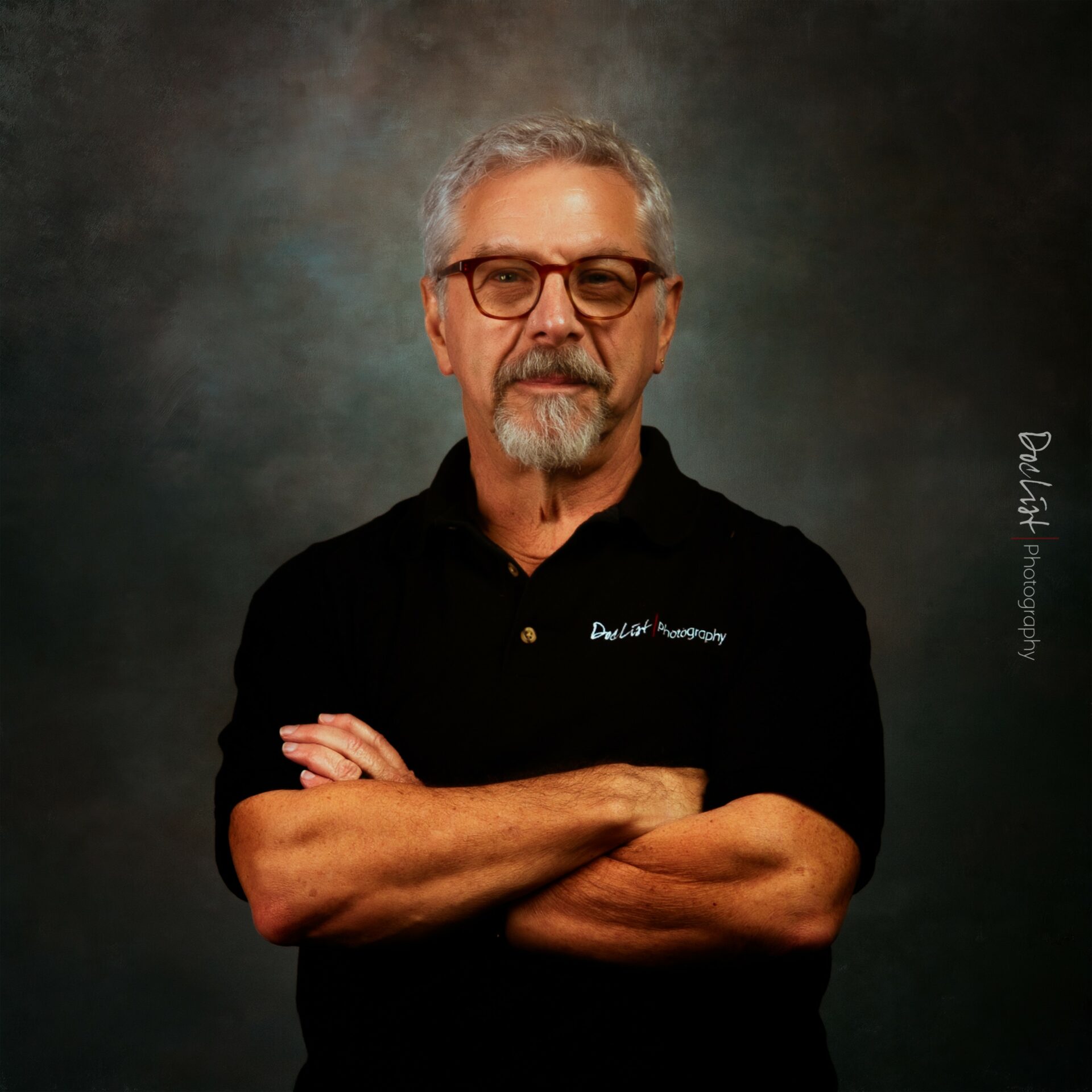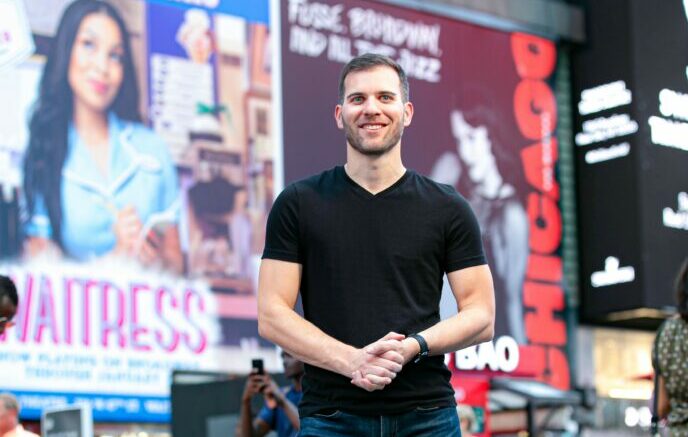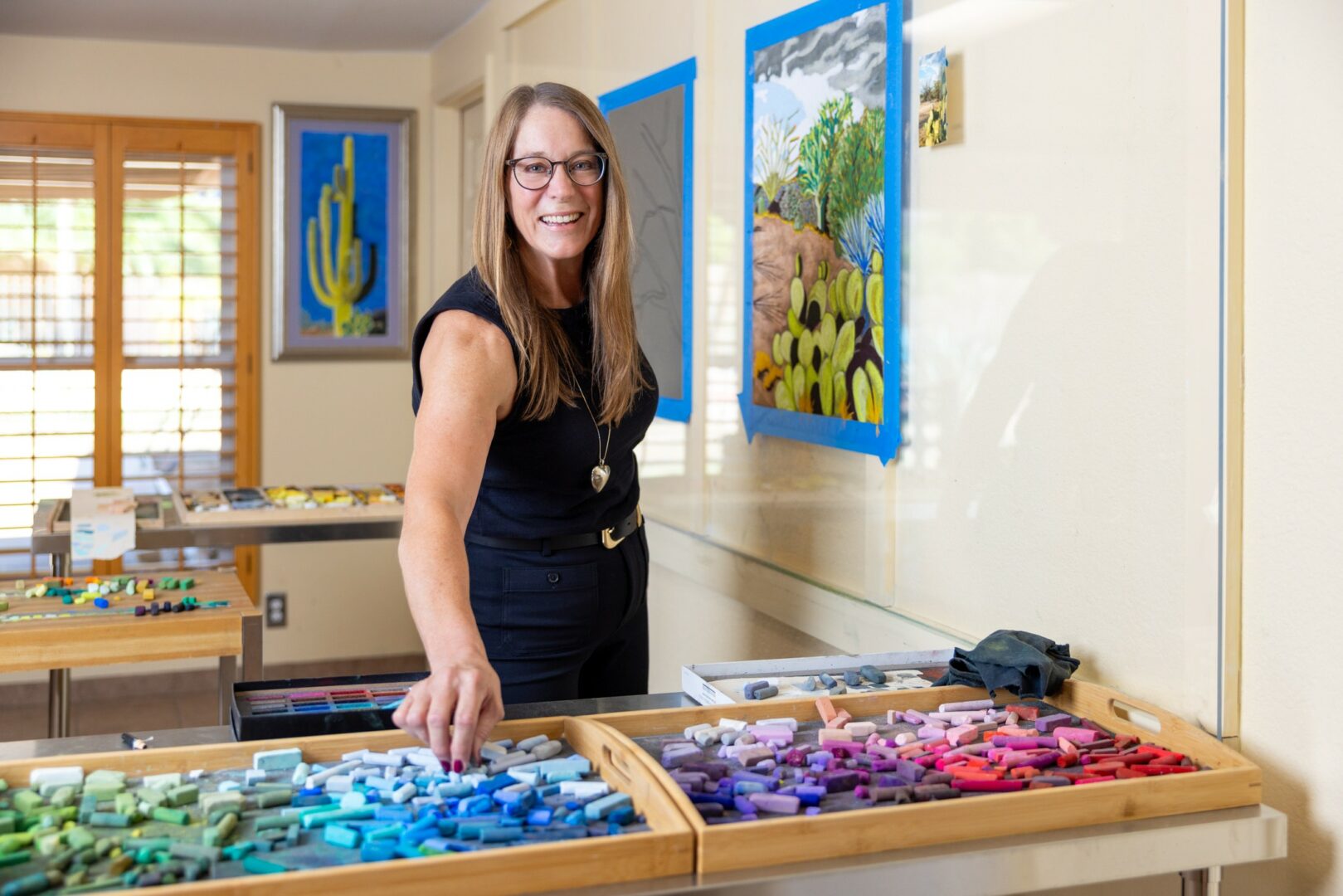We were lucky to catch up with Doc List recently and have shared our conversation below.
Doc, thanks so much for taking the time to share your insights and lessons with us today. We’re particularly interested in hearing about how you became such a resilient person. Where do you get your resilience from?
For me, resilience goes hand-in-hand with inspiration. There are times when I start to feel like I haven’t done anything new for a while. Then I look in my art books or on Instagram or play in Midjourney. The imagery I see inspires me to try new things. I’d never make it as a “production” photographer doing volume headshots, for instance, because I would get stale. In addition to looking for inspiration in images I also constantly seek learning, finding new ways of doing things. Whether it’s new features in Photoshop or a different approach to lighting, I’m reinvigorated by opening my mind in new ways.
On top of all of that I think of my mother. She was a wonderful, smart, talented woman. She changed careers at 60 years old, returning to school to get a new degree and started a career as a psychotherapist. She made pottery. She maintained family. Thinking of her when she was in her 80s still seeing patients and still creating pottery and wall art reminds me that there’s always something new to learn, do, and be.
Thanks, so before we move on maybe you can share a bit more about yourself?
I love photography, and I particularly love photographing people. Photography is so much more than just taking pictures. Every session is part of a relationship, and part of my job is to establish rapport with my clients and models. I have put lots of effort into figuring out how to communicate, how to help the people I’m working with feel comfortable in front of the camera and with me. So while it begins before I ever see the person – emails, text messages, phone calls – it grows when we’re together.
Then there’s the work I do after the session. While I’m culling the images (I take a lot), I’m looking for my subject’s personality, for their expressions of emotion, for storytelling. I’m looking for images that will have an emotional impact either on my subject or on the viewer. I’m *always* thinking about the viewer. I want the viewer to wonder what is going on in the subject’s mind, what story they’re telling, and maybe want to get to know my subject.
Once I’ve selected the images, I then decide what the look will be. I shoot against a neutral gray wall. Most of what my audience sees is applied in post-processing. I decide on overall color tone, textures, emphasis in the lighting, and more. While the images SOOC (straight out of camera) are good, I want to take them beyond good. I am very deliberate about not using physical backgrounds. I prefer to do much of my work digitally because it allows me to create variations and experiment.
Since I’ve added my “career” as a ceramicist in the last year, I’ve started incorporating pottery/ceramics in my images. Whether the pieces I include are my creations or those of other ceramicists, I love incorporating my two great passions.
If you had to pick three qualities that are most important to develop, which three would you say matter most?
I’m tempted to be a bit trite and say “lighting, lighting, and lighting”. The power of images comes as much from the control of light and shadow as it does from anything else. But in reality there’s far more. So we’ll start with lighting. Knowing the impression you want to create and using the light to create that impression is a fundamental. I can use the same lights and create dramatically different images from the same pose. I tend toward dramatic, high-contrast lighting. But sometimes I want something softer and gentler, or something brighter and less dramatic. Knowing how to do all of that is at the foundation of what I do. And I’m always open to happy accidents. Every once in a while one of the lights won’t fire. I’ll look at the image and discover that I love that variation and will shoot a series with that modified lighting.
Second is communication. Since I photograph people, having them be fully engaged – rather than passive – is critical. There are several ingredients to that communication. For instance, I shoot with my camera on a rolling camera stand. While this sometimes limits the images I get, it gives me the freedom to set the focus (I use back-button focus) and then pay attention to my subject. I also use a wired trigger. With the focus set and the light set, using the trigger frees me to move my face away from the back of the camera and make eye contact with my subject. Rather than asking them to look at the lens, I just put my face there. I draw their attention to me, and I place myself right by the camera (but NOT hidden behind the camera). This shows the person that I’m interested in them, that I’m connected to them, and continues my efforts to put them at their ease.
Third is being real and relaxed. I’m equally serious and silly. I tell jokes (probably a lot of “dad jokes”). I tell stories (LOTS of stories). I share information about my life, my family, my work, in ways that I intend to help the person stop thinking about having their picture taken. At the same time I ask questions so it’s a two-way relationship. As I noted above, I want my subject to feel that I’m interested in them (which I am), that I’m connected with them, and that I care about what we’re creating together.
How can folks who want to work with you connect?
I love this question because it plays into who I am.
Periodically I invite other photographers or models to come to my studio and collaborate. That’s usually for a model session, not a client. I share my lighting strategies, my acronym for the essentials of setting lights (AHDID*), my approach to communication and connection, and also engage my collaborator in sharing their own ideas, techniques, and approaches. I find collaboration to be fun and stimulating. So I’m always looking for folks who want to come “play” so we can learn from each other and enjoy the experience.
In addition to one-time collaborations I usually take on an apprentice. The idea of “apprentice” comes from my Japanese/Okinawan martial arts background. To become a student the person would come to the dojo (school) and wait outside day after day, waiting to be invited in. When they were invited in, they did whatever was asked of them (cleaning, chores, helping out in other ways) before they were ever allowed to train. Ultimately they began training, progressing through the stages, becoming a teacher, and ultimately becoming a master. I’ve written this all on a page on my website (https://doclistphotography.com/apprenticeship/) because I currently don’t have an apprentice. And I LOVE teaching and sharing. I love inspiring others and seeing them progress.
Overall, working with others, teaching, and sharing are among my greatest joys.
Contact Info:
- Website: Www.DocListPhotography.com
- Instagram: @doclistphotography
- Facebook: Doc List Photography (and Doc List)
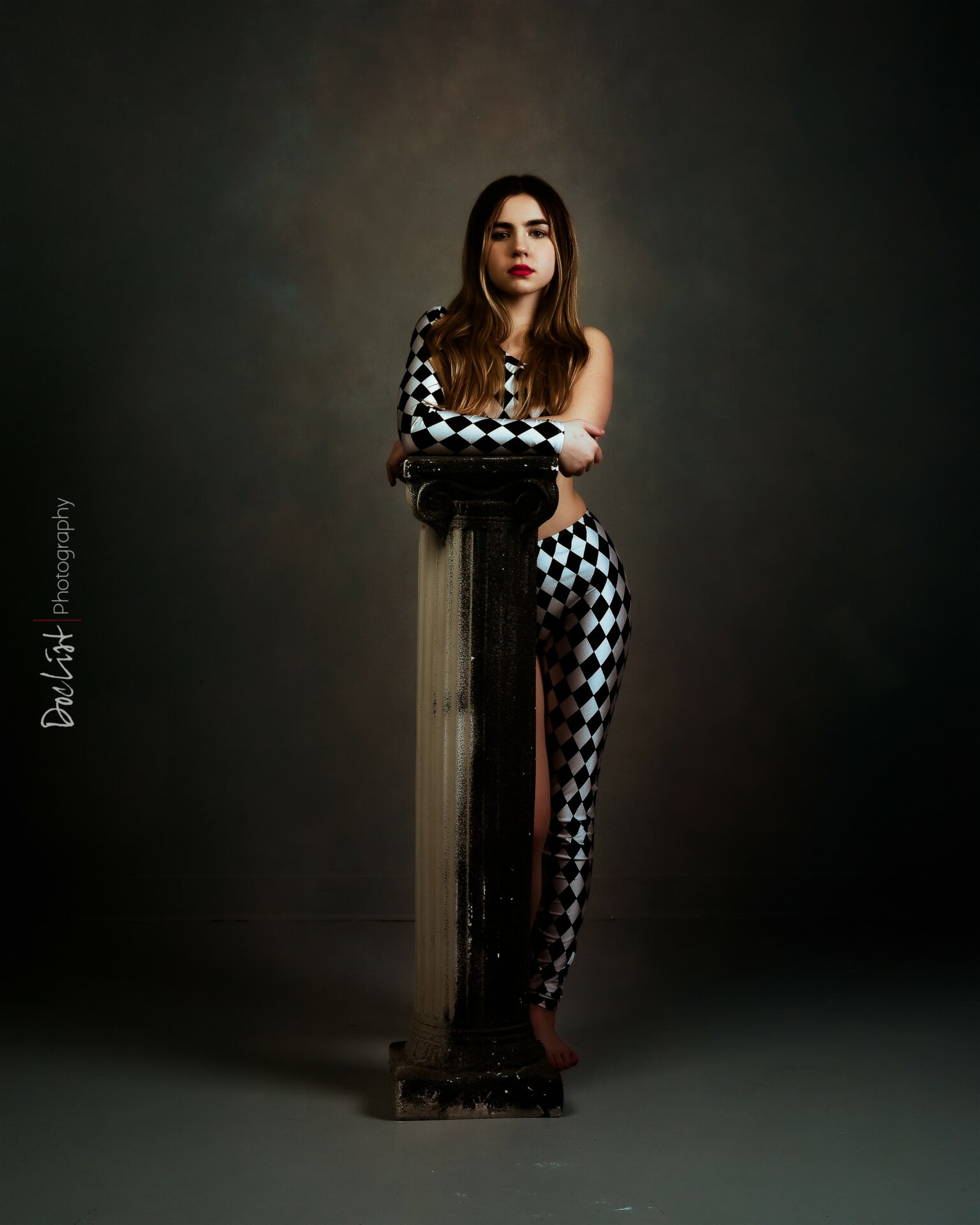
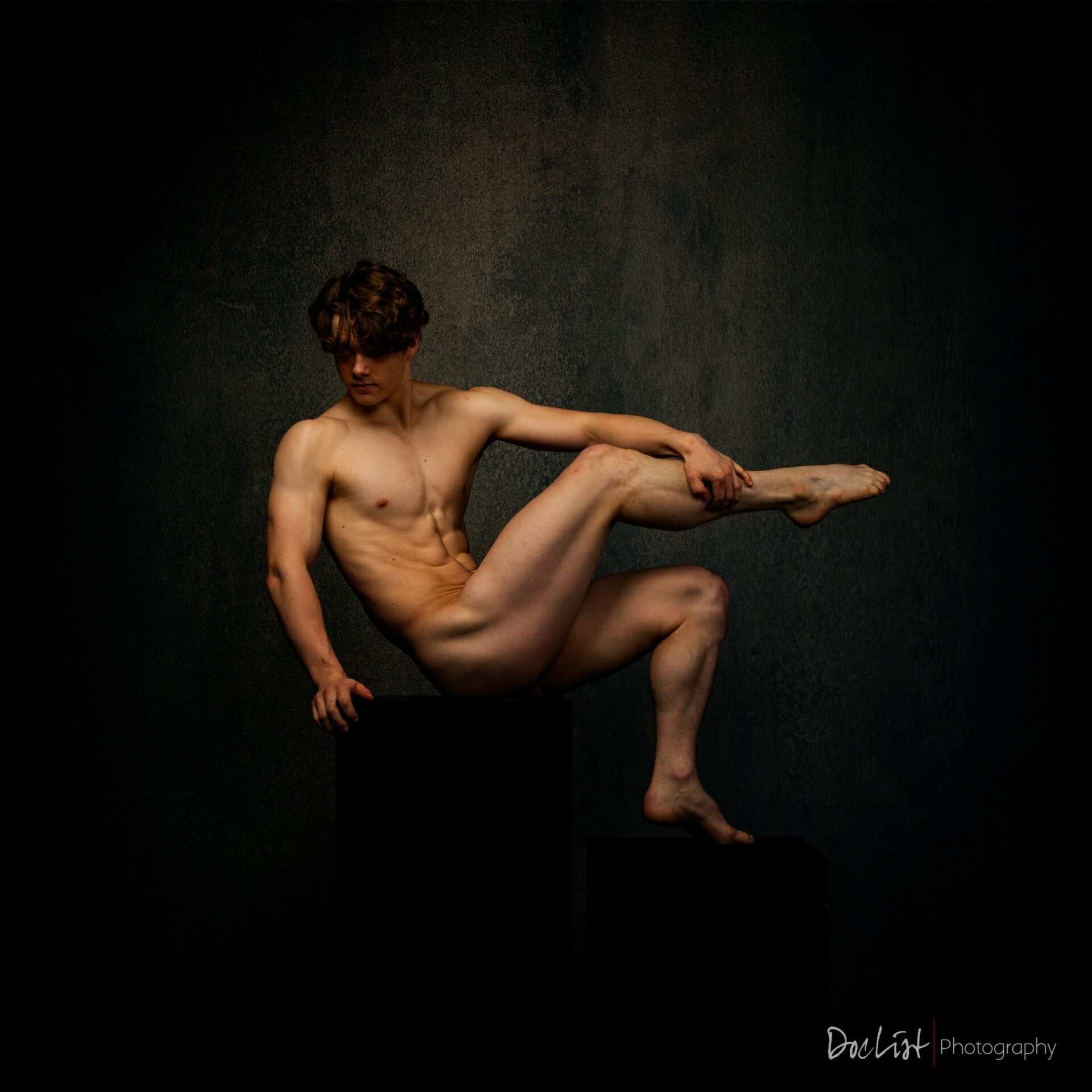
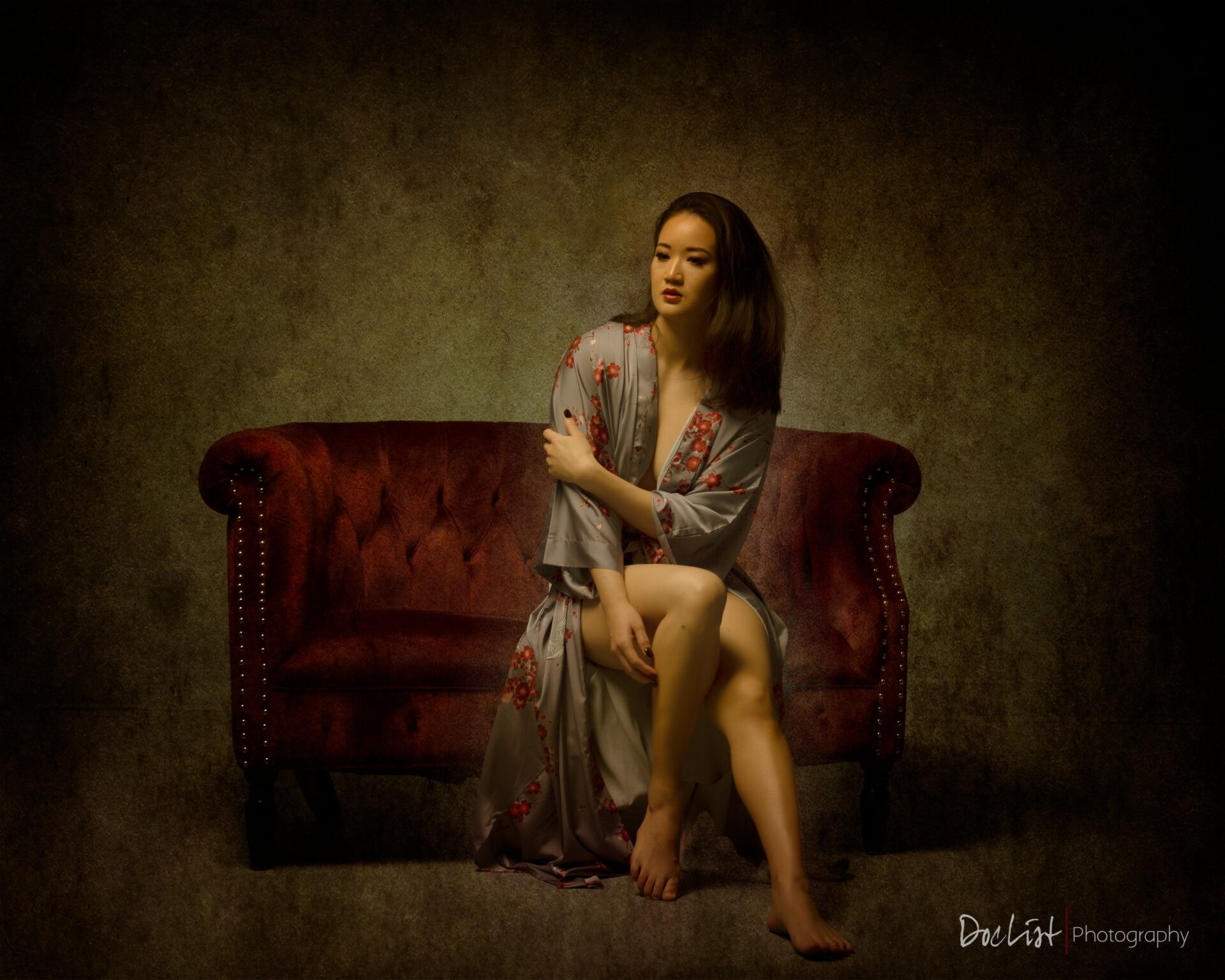
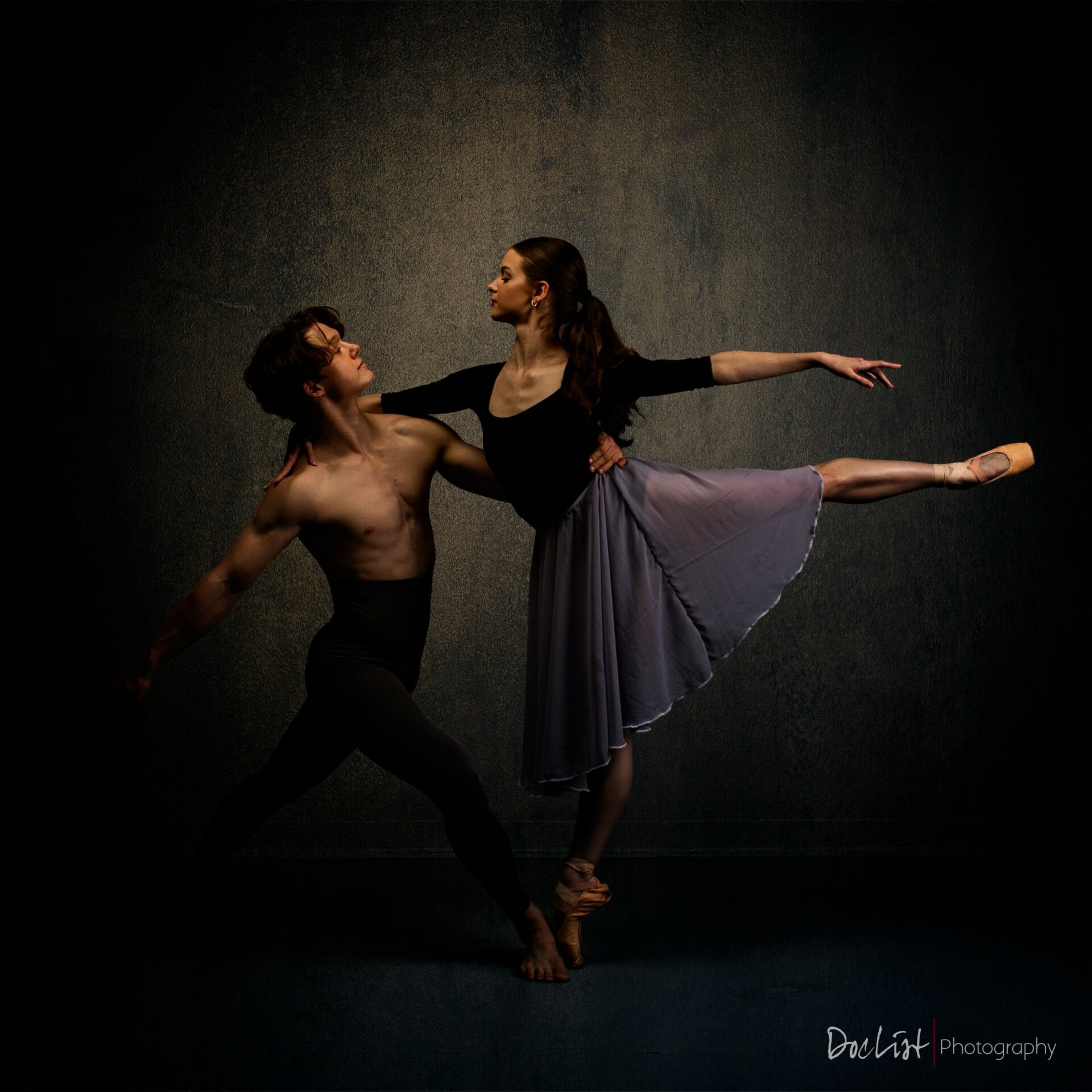
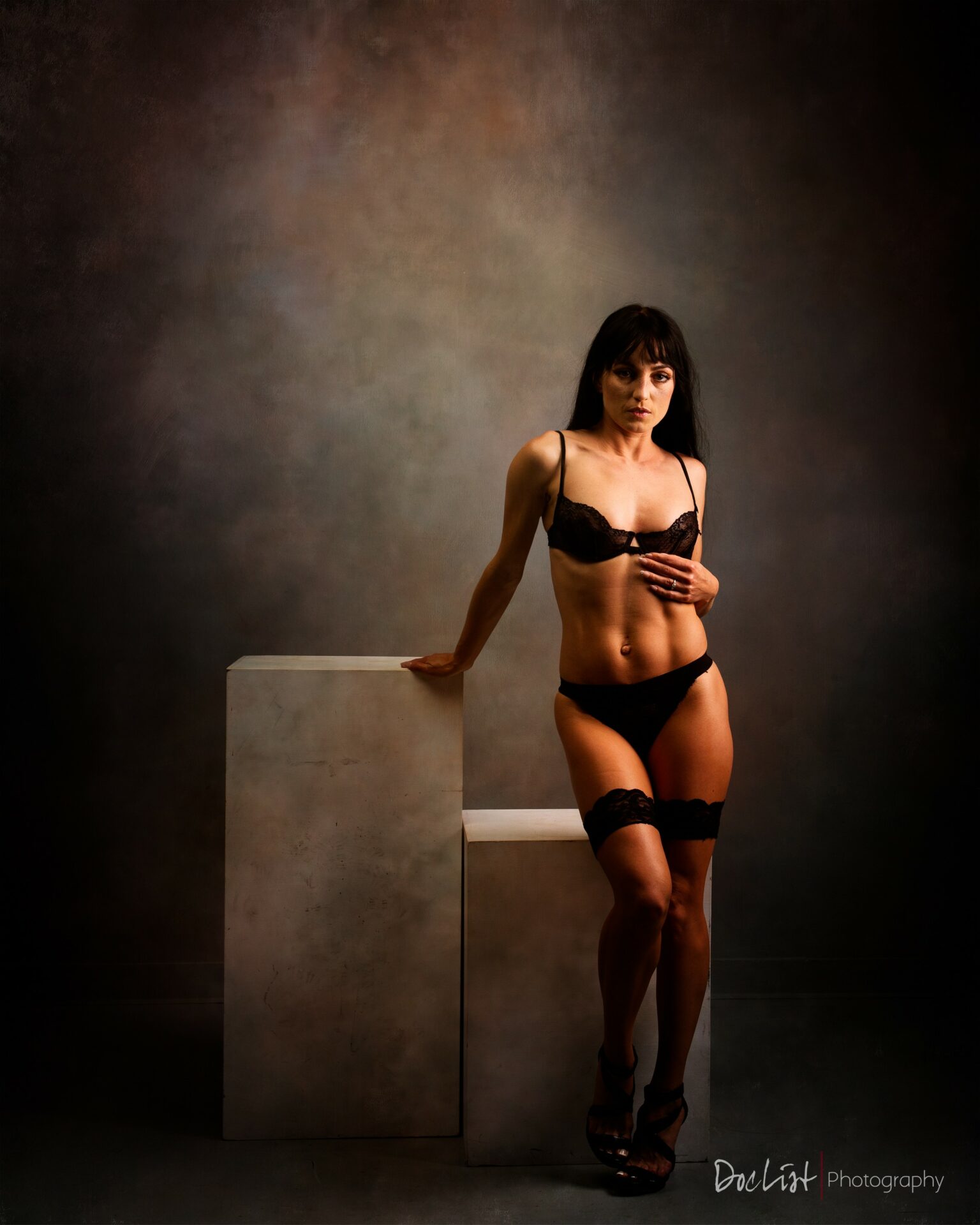
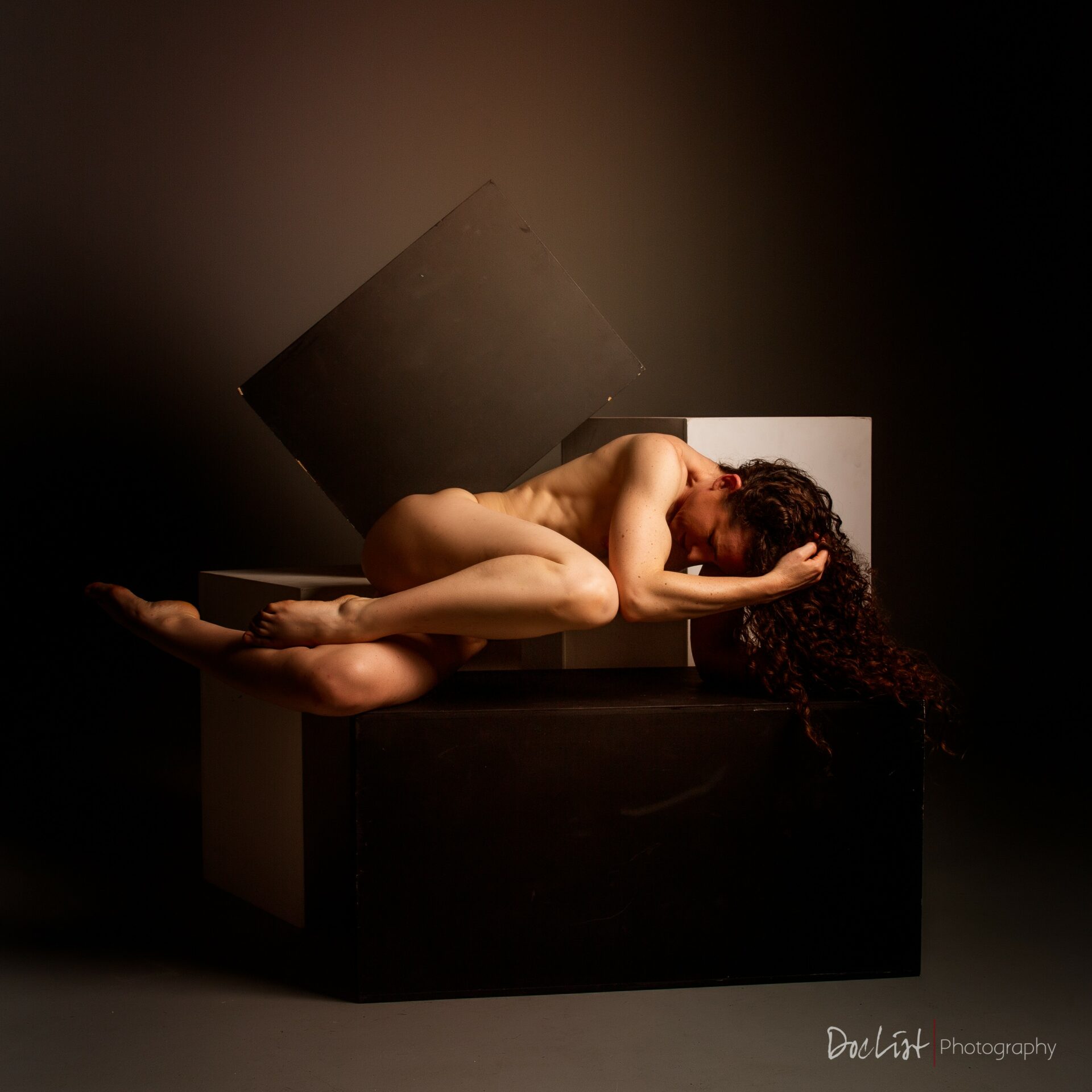
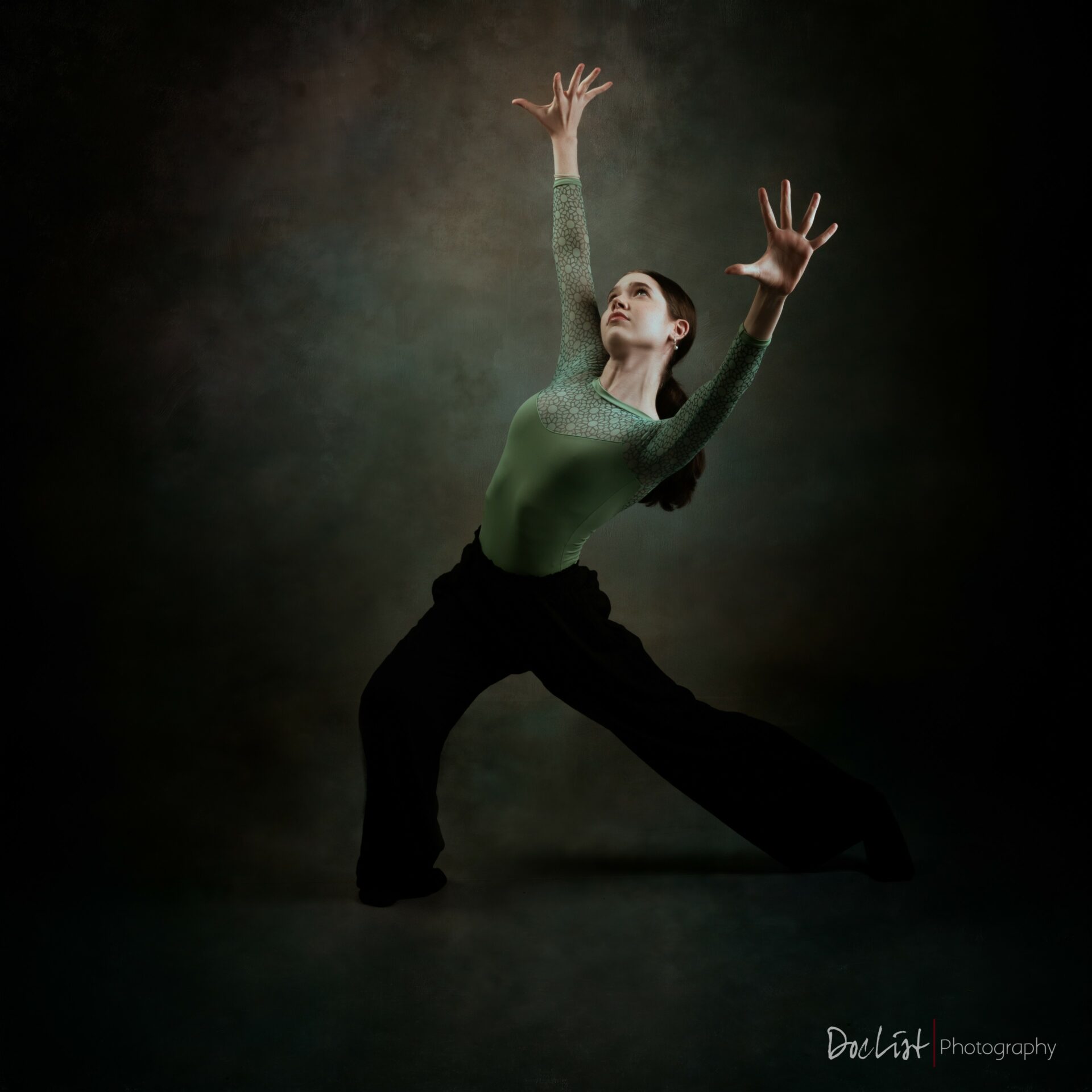
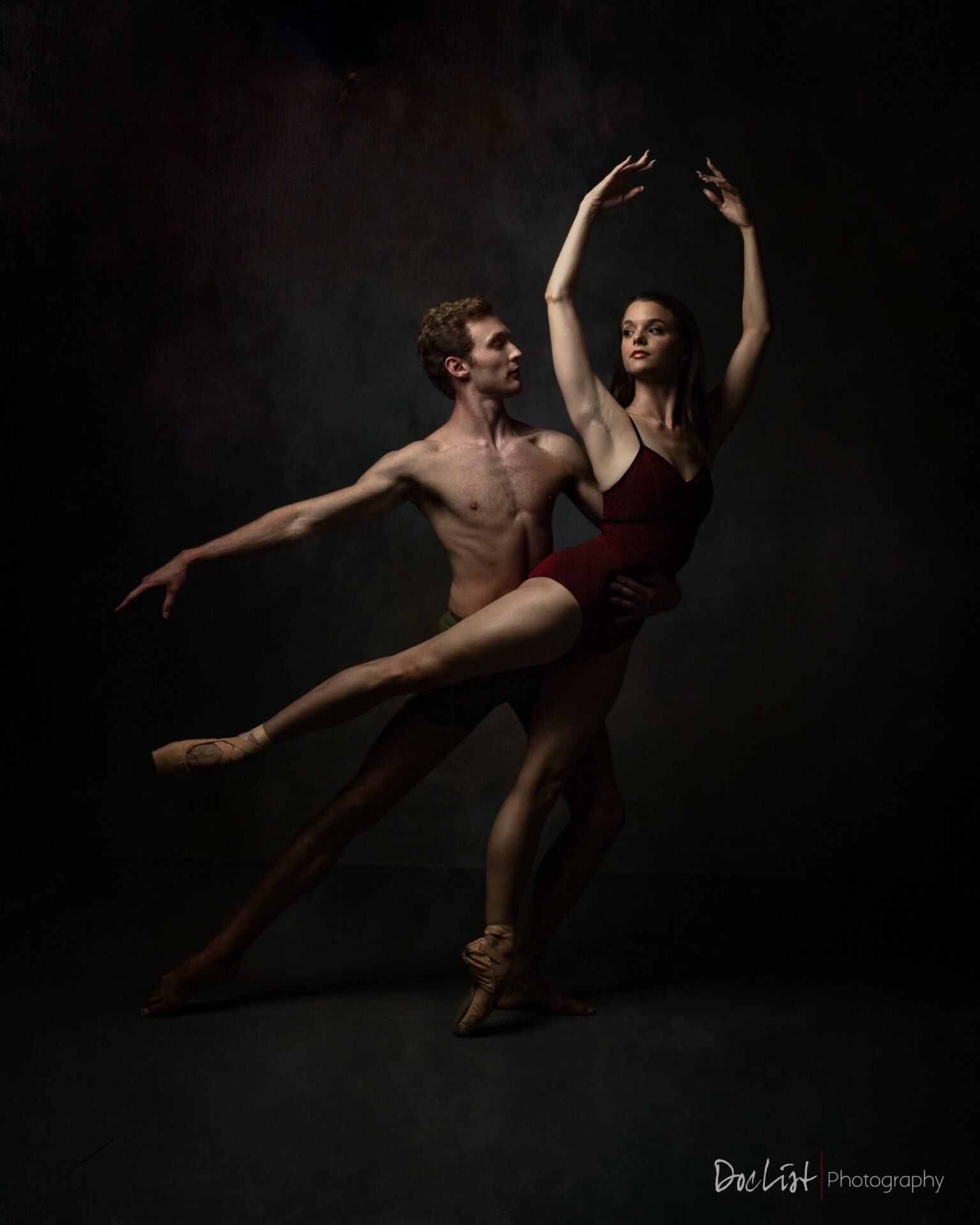
Image Credits
Jessa Peters, Jackson Rankin, Murray McCormack, Colin Canavan, Keira Grant, Hannah Rose Hubbard, Adriana Merryweather, Connie Shih,

